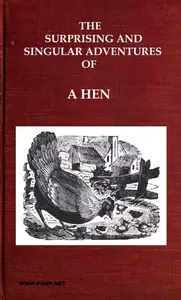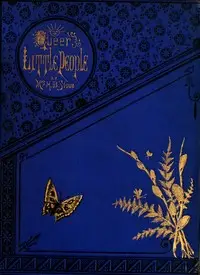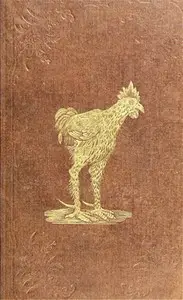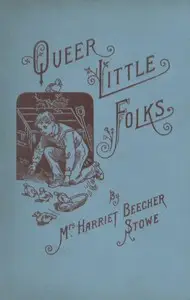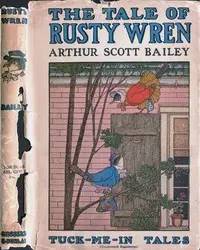"The Tale of Henrietta Hen" by Arthur Scott Bailey is a delightful children's story from the 1920s that follows the amusing escapades of Henrietta, a conceited hen overly impressed with her looks and eggs. As part of the "Slumber-Town Tales", the book gently touches on themes of vanity, family ties, and learning about oneself, all showcased through comical interactions between barnyard animals. Henrietta's world is turned upside down, though, when she unknowingly cares for a duckling amongst her hatchlings, and is faced with the dilemma of motherhood, while also dealing with her inflated ego and the criticisms of her neighbors. Her journey peaks at the county fair, bringing her face-to-face with her self inflated ego and finding genuine value, unexpectedly winning while learning humility and appreciating her family.

The Tale of Henrietta Hen
By Arthur Scott Bailey
A proud hen's inflated ego is egg-sploded when she raises a duckling, leading to a humble realization about family at the county fair.
Summary
About the AuthorArthur Scott Bailey was an American writer. He was the author of more than forty children's books. He was born in St. Albans, Vermont, United States, the second child of Winfield Scott Bailey and Harriet Sarah Goodhue. Winfield Bailey owned a dry goods shop that was stated to be "one of the most reputable of St. Albans mercantile concerns" and specialized in furs; namely ladies' fur coats, muffs and scarves. Bailey attended St. Albans Academy and graduated in 1896, in a class of only eleven other students. He then went on to the University of Vermont in Burlington, Vermont, where he became involved in a fraternal organization, Sigma Phi.
Arthur Scott Bailey was an American writer. He was the author of more than forty children's books. He was born in St. Albans, Vermont, United States, the second child of Winfield Scott Bailey and Harriet Sarah Goodhue. Winfield Bailey owned a dry goods shop that was stated to be "one of the most reputable of St. Albans mercantile concerns" and specialized in furs; namely ladies' fur coats, muffs and scarves. Bailey attended St. Albans Academy and graduated in 1896, in a class of only eleven other students. He then went on to the University of Vermont in Burlington, Vermont, where he became involved in a fraternal organization, Sigma Phi.

